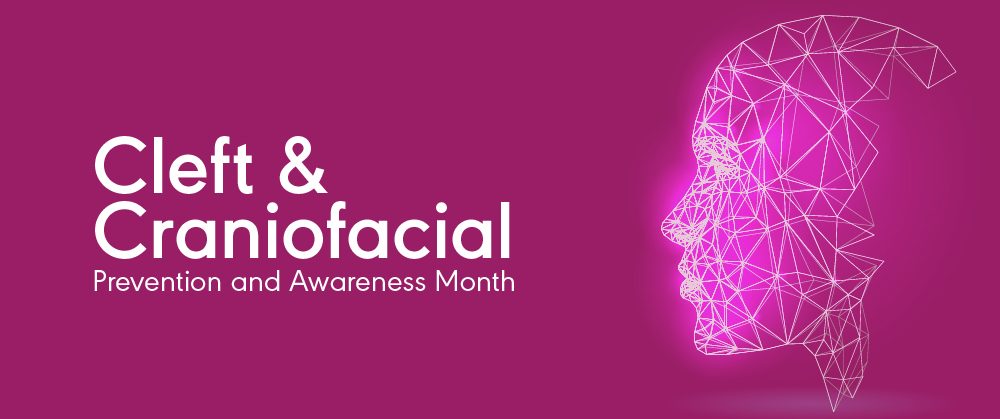Cleft and craniofacial conditions affect thousands of people in the United States every year. These conditions are frequently associated with speech and hearing disorders—and can even be life-threatening. In recognition of National Cleft and Craniofacial Awareness Month, we’d like to showcase some resources and articles focusing on the broad spectrum of cleft and craniofacial conditions.
ASHA’s Special Interest Group (SIG) 5, Craniofacial and Velopharyngeal Disorders, is a dedicated resource for ASHA members specializing in these subjects. Although Perspectives articles are a member benefit of any of ASHA’s 19 SIGs, these two articles from SIG 5 are available as free-access articles all month as part of our recognition of National Cleft and Craniofacial Awareness Month. These articles are of particular interest this month because they focus on the issue of education in cleft/craniofacial anomalies.
Academic Education of the Speech-Language Pathologist: A Comparative Analysis on Graduate Education in Two Low-Incidence Disorder Areas: Many speech-language pathologists (SLPs) say they’re ill-prepared to use best practices when treating patients with low-incidence disorders. In this article, authors surveyed graduate speech-language pathology programs and compared offerings on two low-incidence disorders: cleft/craniofacial anomalies and fluency disorders.
Addressing the Gap in Education for Cleft Palate: A Module Training Series for Craniofacial Assessment and Treatment: Many graduate programs in communication sciences and disorders do not offer a course specifically on cleft lip and palate, so SLPs often aren’t trained in this specific area. To address this shortage, authors developed an online cleft palate self-study course and examined the effectiveness of it with 25 graduate students.
In addition to offerings from Perspectives, the following articles from JSLHR and AJSLP focus on cleft palate, 22q11.2 deletion syndrome, and craniofacial microsomia.
Early Speech and Language Development in Children With Nonsyndromic Cleft Lip and/or Palate: A Meta-Analysis: This study looked at research on children ages birth to 8 with and without nonsyndromic cleft lip and/or palate (NSCL/P) in order to better understand the language or speech delays for which children with NSCL/P are at risk.
Speech-Language Disorders in 22q11.2 Deletion Syndrome: Best Practices for Diagnosis and Management: This article summarizes the current clinical and scientific knowledge about people with 22q11.2 deletion syndrome and provides recommendations for clinicians who work with this population.
Speech, Language, and Communication Skills of Adolescents With Craniofacial Microsomia: People with craniofacial microsomia (CFM) are at risk for speech and language difficulties due to hearing loss, associated craniofacial anomalies, or both. Authors assessed speech intelligibility, articulation, and expressive and receptive language in more than 100 youths with CFM and demographically similar controls to determine what measures can be taken to monitor and treat children with CFM.
Vocabulary Growth From 18 to 24 Months of Age in Children With and Without Repaired Cleft Palate: In this article, authors investigated vocabulary growth in young children with repaired cleft palate, young children with otitis media, and typically developing children. The article identifies the need for early speech and language monitoring for children with repaired cleft palate.
We hope you find these resources helpful—and that you take the opportunity to learn with the ASHA Journals in honor of National Cleft and Craniofacial Awareness Month!









